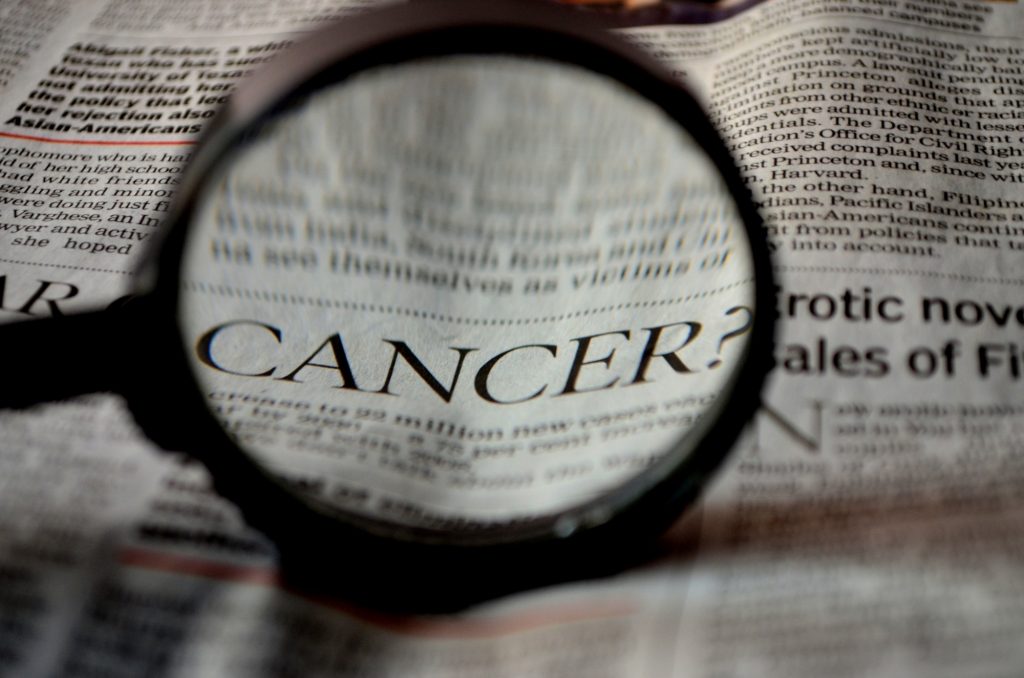New Delhi: Everyday items used in households such as plastic bottles, tea bags; beauty products and e-cigarettes and hookahs are contributing to the escalating danger of cancer, warned health experts World Cancer Day Sunday.
World Cancer Day is observed February 4 each year. The theme this year is ‘Close the Care Gap’.
Earlier this week, the World Health Organization’s cancer agency, the International Agency for Research on Cancer (IARC), in a stark warning said that new cancer diagnosis is projected to skyrocket by 77 per cent by 2050, reaching over 35 million cases annually.
The agency attributed the alarming to a combination of lifestyle and environmental factors, with tobacco, alcohol, obesity and air pollution identified as the key culprits.
According to Dr JB Sharma, Senior Consultant in Medical Oncology at Action Cancer Hospital, several commonly used items at home are potentially increasing the risk of cancer.
“Plastic bottles used for drinking water may contain microplastics, and the habit of drinking hot tea from plastic bags or using white-coloured mayonnaise in food items can introduce harmful chemicals, such as epichlorohydrin, into the body, raising the likelihood of cancer,” he told IANS.
Moreover, modern technologies, while making life easier, pose risks.
Using plastic utensils in ovens or consuming food cooked in non-stick cookware can expose individuals to harmful chemicals like endocrine-disrupting agents, potentially leading to cancer. Awareness of these factors is crucial in mitigating the risk and promoting a healthier lifestyle, the experts said.
Further everyday beauty products also raise the risk of cancer. Nail polish and nail polish removers harbour hazardous chemicals, including toluene, formaldehyde, and acetone, which are known carcinogens.
“Chemical-laden hair products, such as those containing formaldehyde and formaldehyde-releasing agents, pose a significant cancer risk. The use of certain hair straightening products can lead to both short-term and long-term health issues,” Dr Rajit Channa, Senior Consultant in Medical Oncology at Dharamshila Narayana Superspeciality Hospital.
Recognising and avoiding these carcinogenic agents in daily beauty routines is crucial for preventing potential cancer-related complications.
Further, oncologists are witnessing a surge in cancers among youth, driven by e-cigarettes. Similarly, the growing trend of hookah consumption among the youth introduces various harmful chemicals, particularly in flavoured variants.
“The popularity of e-cigarettes as an alternative to traditional smoking is on the rise. However, the chemicals used in e-cigarettes, such as nicotine, formaldehyde, tin, nickel, lead, chromium, arsenic, and diacetyl metal, significantly increase the risk of lung cancer,” said Dr Randeep Singh, Senior Consultant and Director of Medical Oncology at Narayana Hospital, Gurugram.
The experts explained that both e-cigarettes and flavoured hookahs contain dangerous chemicals like diacetyl, carbon monoxide, cadmium, ammonia, radon, methane, and acetone, elevating the risk of cancer.
IANS
